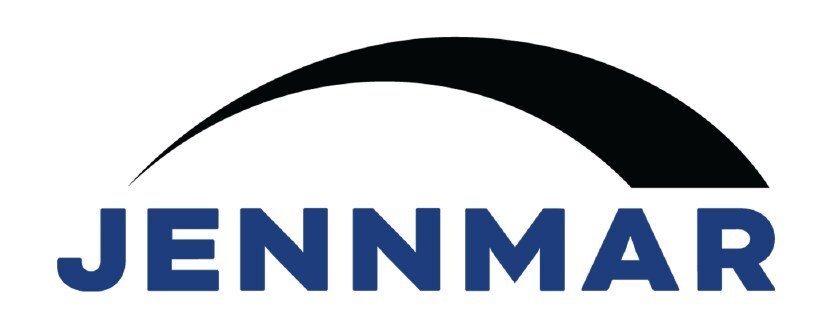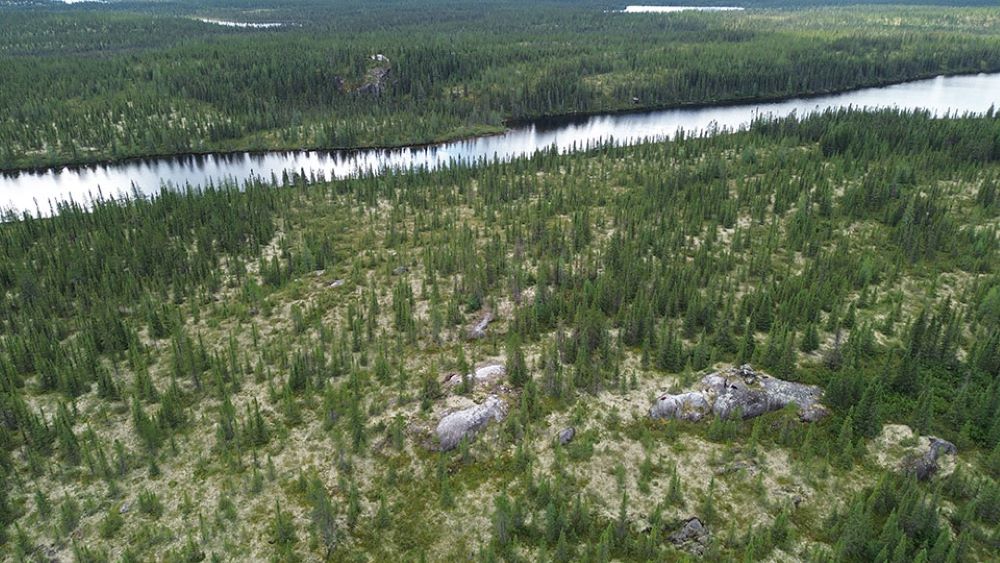The digital decade to come
Over the last decade, adoption of digital technologies in mining has begun to ramp up, with the support of a growing ecosystem of digital technology suppliers and expertise, and use cases from other industries.
But the real decade of sweeping change in front of us.
As outlined in a report released last May by the Mining Industry Human Resources Council (MIHR), new technologies that are already in use in mining, or are being piloted, are projected to reach their peak rates of deployment in the next 10 to 15 years. In the next five years, automation could see a huge rise in adoption, with the World Economic Forum estimating that by 2025, the rate for deployment of new automated equipment in the mining sector will be 25% compared to 0.1% in 2017.
What does this mean for an industry that’s already short of labour, and which MIHR says may need to hire 79,680 workers between 2020 and 2030?
While this issue of Canadian Mining Journal is focused on the digital mine, virtually every story in it acknowledges the role of people and the importance of change management.
Miners can’t be successful at digital transformation without a workforce that’s actively engaged in that change. So it’s imperative that they have a plan for attracting, retaining and reskilling workers as their transformation plans advance.
Miners generally insist that digitalization won’t result in job losses, but instead create new roles.
While this is very likely true, some job categories – mainly lower-skill jobs that rely on manual labour and repetitive actions – will be automated and disappear. And the need for digital literacy across the entire workforce – including low-skill workers – will mean that different skill sets will be required of all workers.
“As new technology is deployed, the mining labour pool will require updated skills and expertise to achieve a satisfactory level of operational integration,” says MIHR’s report, The Changing Nature of Work: Innovation, Automation and Canada’s Mining Workforce.
Mining employers are already demanding workers with higher levels of education, while decreasing their reliance on less-educated workers, who are most vulnerable to disruption.
This has important implications for Indigenous workers, who currently represent about 7% of the total mining workforce. According to MIHR’s report, a high proportion of Indigenous workers are in production occupations that are vulnerable to disruption and automation, including as underground production and development miners, heavy equipment operators, and mine labourers. The mining sector is proud to be a top employer of Indigenous Canadians, but it will have to put plans in place to maintain and increase Indigenous participation in the workforce.
MIHR points out that a large percentage of women in mining (who represent less than 20% of the overall workforce) are also employed in vulnerable occupations, namely administrative-type positions.
As the digital decade progresses, miners will have to work just as hard in creating a thoughtful approach to human resources as they will on technology adoption.





Comments